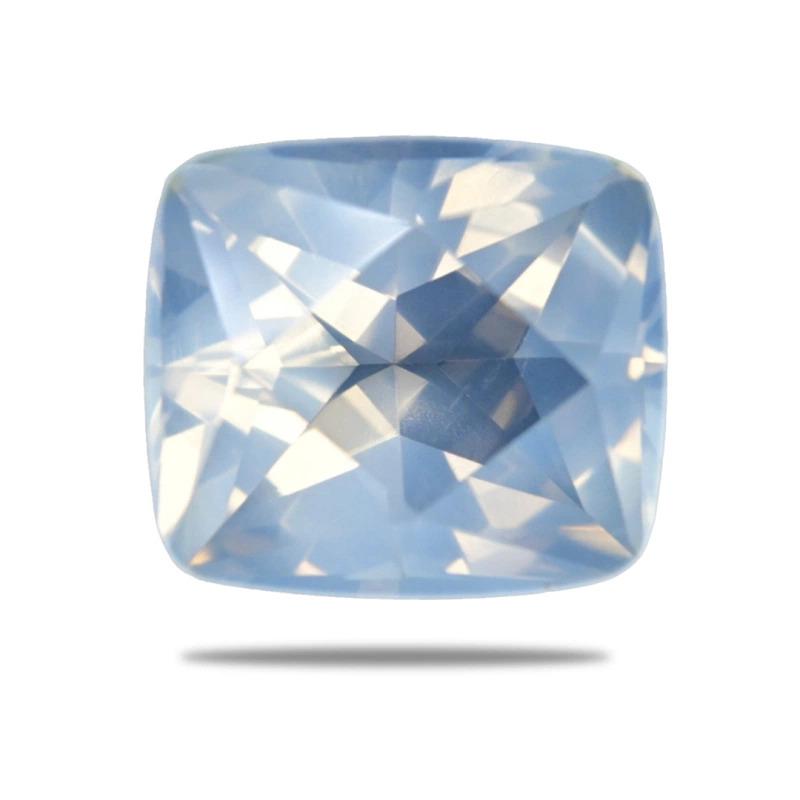
6月の誕生石:真珠、アレキサンドライト、ムーンストーン
公式の誕生石が3つある月はたった2つで、そのうちの1つが6月です!6月の宝石は3つありますか?6月の公式誕生石は、ムーンストーン、パール、アレキサンドライトです。
6 月は古代ローマではJuniusまたはluniusと呼ばれていました。これは結婚の女神 Juno、または「若さ」を意味するラテン語の iuniores にちなんで名付けられました。
6 月の古代の祝祭には、ロザリア祭 (バラの祭り)、ヴェスタリア祭 (炉の女神ウェスタを称え、ローマを再浄化する祭)、夏至祭 (夏の初日) などがありました。
夏至は、父の日、LGBTQ+プライド月間、国際子供の日など、現代の6月の祝日とともに、今日でも祝われています。
6月は興奮、バランス、そして若返りを象徴します。また、結婚とも関連があり、6月は結婚式シーズンのピークとなります。
こうした理想を反映しているのが、6月の誕生石であるアレキサンドライト、パール、ムーンストーンです。今日は、これらの6月の誕生石の歴史、特性、そして魅力についてご紹介します。
video: https://www.youtube.com/watch?v=v2PJNAbPgU8
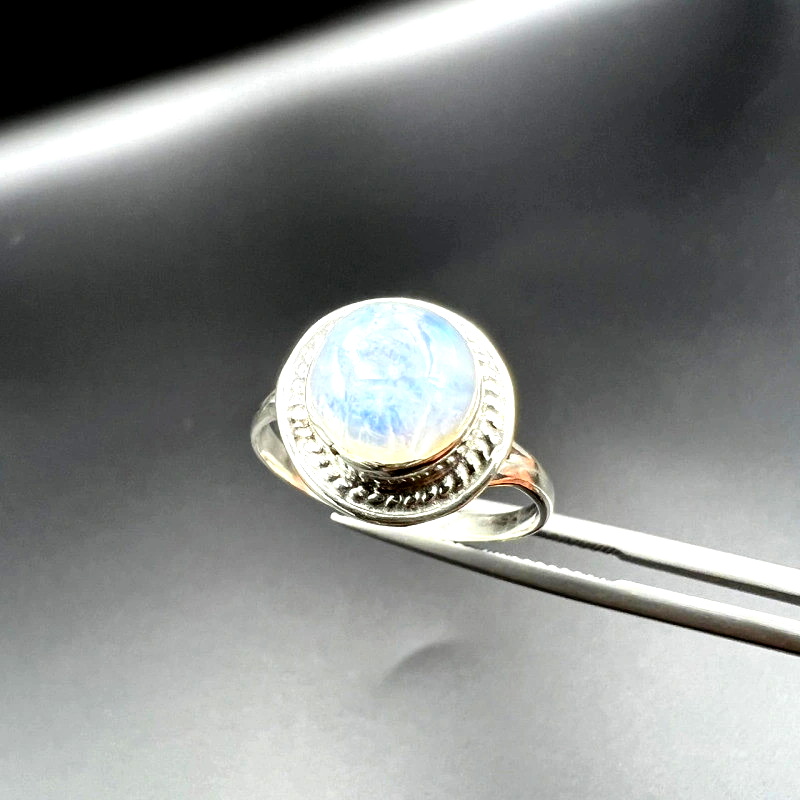 上の写真:ムーンストーンリング
上の写真:ムーンストーンリング
6月の誕生石の歴史的・文化的意義
6月の誕生石がなぜ3つあるのかと疑問に思う方もいるかもしれません。実は、昔から3つあったわけではありません。
6月の誕生石は時代とともに変化します
聖書のテキストから派生した初期の誕生石リストでは、6 月の誕生石は瑪瑙またはエメラルドと解釈されていましたが、現在では5 月の誕生石となっています。
ティファニーは、現代の正式な誕生石リストの先駆けとして、1870年に「グレゴリオ暦の誕生石の詩」のパンフレットを出版しました。この詩には「作者不明」とあり、6月には真珠が選ばれました。
1912年に全米宝石協会(現アメリカ宝石協会)が作成した最初の公式標準化リストでは、真珠が第一に挙げられ、ムーンストーンが代替品として挙げられていました。この記載は、1937年に全米金細工師協会が作成した英国のリストにも反映されています。
アメリカ宝石工業会は 1950 年代に 1912 年のリストを修正し、6 月にアレキサンドライトを追加しました。
6月の誕生石はなぜ変わったのでしょうか?アレキサンドライトは比較的新しい宝石で、宝石商がアレキサンドライトは真珠よりも豊富だと信じていたという説もありますが、これは現代では真実ではありません。
次に、それぞれの半貴石の個々の歴史を見てみましょう。
 上の写真:真珠、エメラルド、サファイアがちりばめられた3世紀古代ローマの金の髪飾り。大英博物館に展示。画像提供:Vassil、パブリックドメイン
上の写真:真珠、エメラルド、サファイアがちりばめられた3世紀古代ローマの金の髪飾り。大英博物館に展示。画像提供:Vassil、パブリックドメイン
古代文明と神話における真珠
真珠に関する最古の文献記録は紀元前2206年に遡り、淡水真珠が中国の王族に贈られました。紀元前420年頃の「スーサ真珠」ネックレスは、真珠の宝飾品として最も古く知られています。考古学的証拠は、先史時代からインダス文明やスリランカで真珠層が使用されていたことを示しています。
古代ギリシャでは、真珠は崇高な意味を持つものとされ、神話によれば愛の女神アフロディーテの涙から誕生石が生まれたと信じられていました。アフロディーテも海から生まれたとされています。同様に、古代日本の伝説では、真珠は人魚やニンフの涙から生まれたとされています。
古代ローマ人は真珠をマルガリータエまたはウニオと呼んでいました。彼らは真珠をステータスシンボルとして用い、裕福な人や貴族だけが身につけるものでした。
古代エジプトでは、真珠は癒しの女神イシスと結び付けられ、墓に納められていました。有名な逸話の一つに、クレオパトラがマルクス・アントニウスとの賭けで、真珠のイヤリングの片方を酢に浸して飲んだというものがあります。
ヒンドゥー教の伝説の一つでは、真珠は月から落ちてきた露の粒だと言われています。また、真珠の起源に関する別のヒンドゥー教の神話では、クリシュナ神が最初の真珠を見つけ、娘が未亡人になることを防ぎ、末永く幸せな結婚生活を送るよう、結婚祝いとして贈ったとされています。
さらに、ヴェーダの文献における真珠の起源は、地球の水と神のエネルギーが真珠を宿し、それを雷で受精させたというものです。
イスラム教では、コーランには、真珠は天国に入る者に与えられる果物や冠のように楽園を飾るものである、と記されています。
この6月の誕生石の意味に関する他の解釈としては、古代中国では火災からの保護、ヨーロッパでは純潔の象徴などがありました。
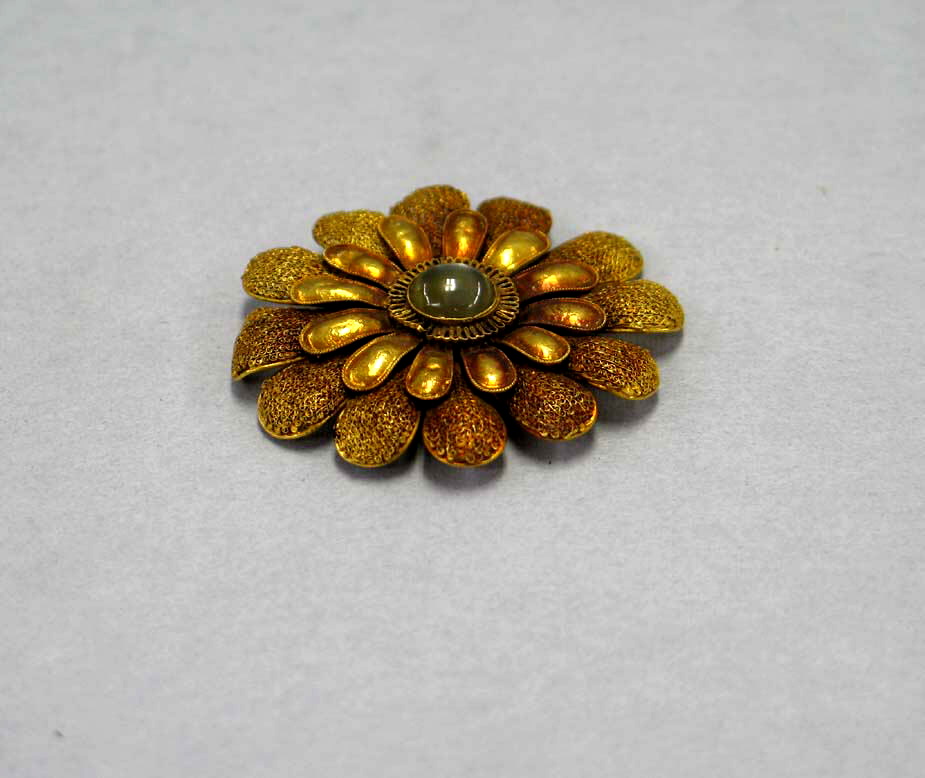 上の写真:月長石をあしらった中国の金製装飾品。宋代960~1279年。メトロポリタン美術館所蔵|画像提供:メトロポリタン美術館、パブリックドメイン
上の写真:月長石をあしらった中国の金製装飾品。宋代960~1279年。メトロポリタン美術館所蔵|画像提供:メトロポリタン美術館、パブリックドメイン
古代から現代までのムーンストーンの歴史
ムーンストーンの名前は、柔らかな月光のように内側から輝くその輝きに由来しています。
古代ローマの伝説によると、ムーンストーンは月の光が固まって形成され、月の女神ダイアナから贈られたと言われています。人々は石を見つめ、ダイアナの姿を見て、彼女の愛と知恵を受け取りました。
古代ギリシャ人は、この石をアフロディーテと月の女神セレーネを組み合わせた造語「アフロセレーネ」と呼んでいました。また、ムーンストーンは魔法の女神ヘカテ、そして狩猟と貞操の女神アルテミスと結び付けられていました。
古代インドでは、ムーンストーンは月の満ち欠けに合わせて月の女神チャンドラ(または月の神ガネーシャ)の額から光ったり暗くなったりすると言われていました。
アジアの神話によると、ブルームーンストーンは21年に一度海岸に打ち上げられると言われています。古代東アジアの人々は、豊作を祈願するためにムーンストーンを木に吊るし、その内部の光の変化は、そこに宿る精霊の象徴だと信じていました。
旅行者は身を守るためにムーンストーンのお守りも使用していたため、この 6 月の誕生石は「旅人の石」というニックネームで呼ばれています。
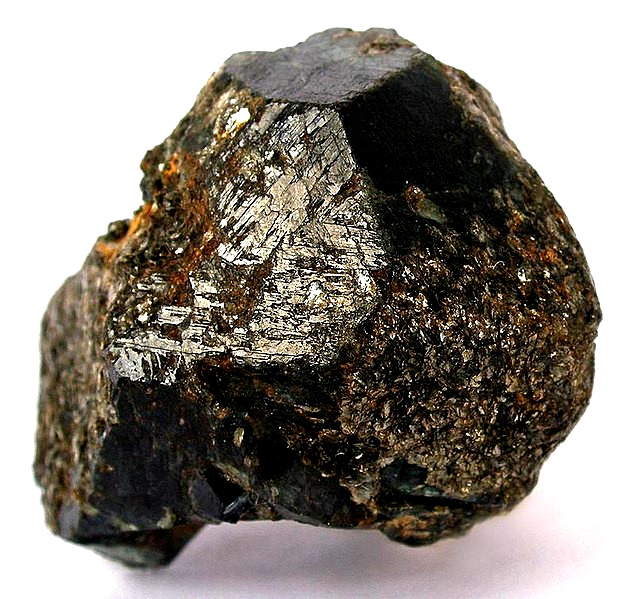 上の写真:ロシアのウラル地方産のアレキサンドライトの優れた典型例。頑丈な形状で、縁の摩耗が多少あり、内部に宝石質が見られますが、それでも変色が見られます。1850年のラベル付き。画像提供:Rob Lavinsky、 iRocks.co m – CC-BY-SA-3.0
上の写真:ロシアのウラル地方産のアレキサンドライトの優れた典型例。頑丈な形状で、縁の摩耗が多少あり、内部に宝石質が見られますが、それでも変色が見られます。1850年のラベル付き。画像提供:Rob Lavinsky、 iRocks.co m – CC-BY-SA-3.0
ロシアから世界へのアレキサンドライトの旅
アレキサンドライトは、6月の誕生石として最も最近発見された石です。赤と緑に色を変えるこの宝石は、1834年にロシアのウラル山脈で発見され、16歳の誕生日を迎える皇帝アレクサンドル2世にちなんで名付けられました。
アレキサンドライトを最初に発見し、命名したのは誰なのかについては諸説あります。フィンランドの鉱物学者ニルス・グスタフ・ノルデンショルド、ウラル鉱山の支配人ヴァシレヴィッチ・ココヴィン、ドイツの鉱物学教授グスタフ・ローゼ、あるいはロシアの鉱物学者L・A・ペロフスキー伯爵の名が挙げられます。いずれにせよ、L・A・ペロフスキー伯爵は4月29日のアレクサンドル2世の誕生日にこの宝石を贈りました。
ロシアが唯一の産地でしたが、1890年代までに鉱山はほぼ枯渇しました。1987年にはブラジルが新たな産地となり、その後スリランカとジンバブエが続きました。
ロシア産アレキサンドライトは、偶然にもロシア軍の軍旗を反映し、威信と国家の誇りの象徴となりました。アレクサンドル2世は、アレキサンドライトの指輪を護符として毎日身に着けていたと伝えられています。
他の文化では、6月の誕生石の色の変化は危険の兆候であると解釈されました。
歴史?わかりました。それでは、これらの誕生石の色とユニークな特徴を詳しく見ていきましょう。
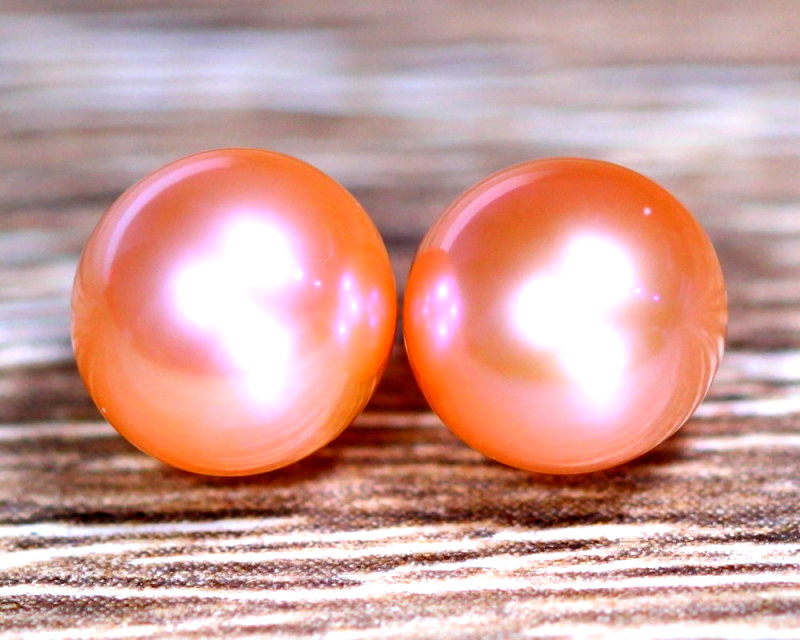 上の写真:ピンクのアコヤ真珠
上の写真:ピンクのアコヤ真珠
真珠:海の宝石
6月の誕生石として「定番」と言える真珠は、紛れもなく唯一無二の存在です。まず、真珠は鉱物ではなくミネラロイド(鉱物質)であり、数少ない有機宝石、つまり生物によって作られた宝石の一つです。
この場合、真珠は砂などの刺激物が貝殻に入り込むことで貝体内で生成されます。貝は刺激物の周りに真珠層を分泌します。真珠層は炭酸カルシウム(方解石、アラゴナイト、またはその両方)で構成されています。真珠層が積み重なることで、真珠特有の「真珠光沢」が生まれます。
この6月の誕生石の希少性は、人間の介入なしに自然界で育つ天然真珠にのみ認められています。今日の真珠原石のほとんどは養殖真珠で、同じように育つものの、真珠養殖場で人間が刺激物を加えることで育つものです。
天然真珠は一般的に小さく、不規則な形をしていますが、養殖真珠は丸型、または丸型に近い形をしていることが多いです。真珠の誕生石の産地は、GIAなどの鑑定機関に送ることでいつでも確認できます。
真珠の種類と価値
最も人気のある真珠の種類は次のとおりです。
アコヤ:養殖真珠の中で最初に作られ、通常は最高品質の真珠です。真珠層の形成が遅いため、光沢があり丸い形をしています。多くの場合、漂白され、バラ色の色合いで白く染められています。
淡水真珠:淡水産の軟体動物によって形成され、通常は養殖されます。海水真珠よりも真珠層が厚く、形が不規則で、光沢は低いですが、色は派手です。
海水:海水に生息する軟体動物から形成され、通常は養殖されている。美しい真珠の歴史的基準
南洋:銀唇または金唇の海水牡蠣から養殖。アコヤよりも真珠層が厚く、大きい。通常は白、クリーム、または金色。
タヒチ産:主にフランス領ポリネシアで黒唇海水貝から養殖されます。天然真珠は黒色のみですが、濃い緑色や灰色のものも多くあります。白、青、銀、紫、黄色の場合もあります。「オリエント」と呼ばれる虹彩の光沢を呈します。
最大の価値要因は天然か養殖かです。6 月の誕生石である天然真珠は大幅に高価です。
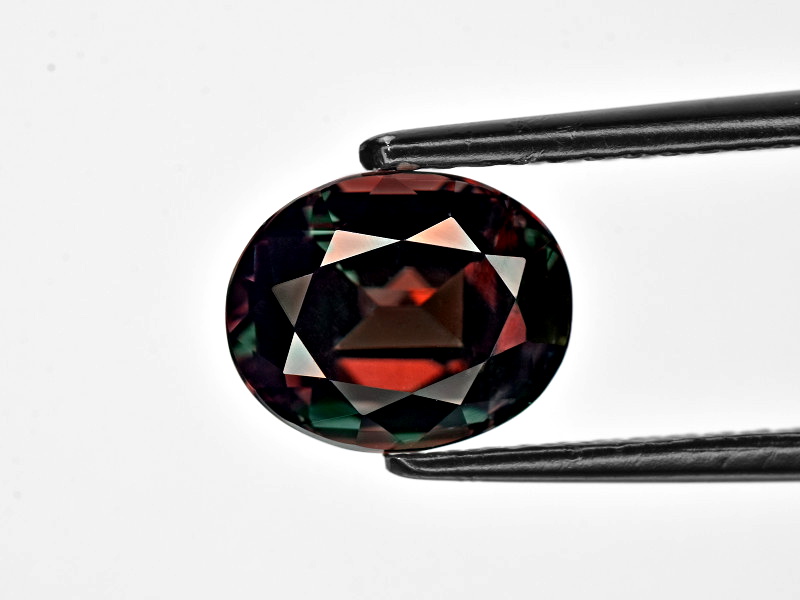
アレキサンドライト:カメレオンの宝石
アレキサンドライトは、アルミニウムの一部がクロムに置換されたクリソベリルの一種です。不純物であるクロムの影響で、色が変化することで知られています。
この6月の誕生石は何色でしょうか?最高級のアレキサンドライトは、日光の下ではエメラルドグリーン、白熱灯の下では赤紫色に輝き、「昼はエメラルド、夜はルビー」という愛称で親しまれています。アレキサンドライトのほとんどはロシア産です。
その他の色の変化としては、黄色や桃色からホットピンク、あるいは青緑からマゼンタなどがあります。スリランカ産のアレキサンドライトはオリーブグリーンであることが多いのに対し、ブラジル産のアレキサンドライトは淡い色をしていることが多いです。
アレキサンドライトの価値は主に、純度、度合い、色の変化の割合によって決まります。
キャッツアイアレキサンドライトは特に希少で貴重です。
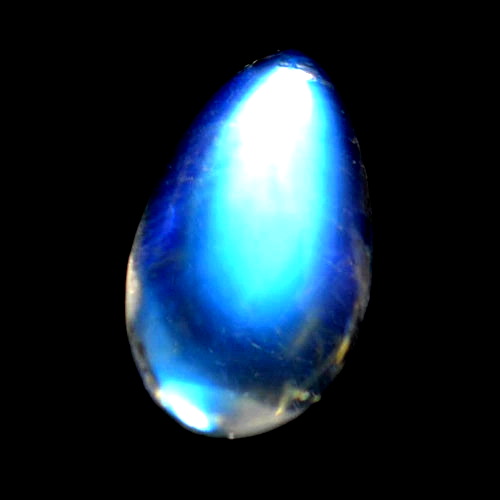
ムーンストーン:輝く美しさと色彩
6 月の 3 つの誕生石のうち、ムーンストーンは最も入手しやすい石ですが、それに劣らず美しい石です。
ムーンストーンは、長石、アルバイト、オリゴクレースまたはオーソクレースが交互に薄い層を成しています。光がこれらの層に入ると、「アデュラレッセンス」と呼ばれるムーンストーン特有の、内部から漂うような輝きが生じます。
最高級のムーンストーンは、純粋なブルーのアデュラレッセンスを持つ無色透明のものです。しかし、この6月の誕生石には、ピーチ、グリーン、オレンジといった色合いのものもあります。
ほとんどのムーンストーンはカボションカットですが、ファセットカットにすることで傷を隠し、輝きを増すことができます。ムーンストーンのカットには、ビーズカットや彫刻カットなどがあります。
鉱物学と外観についてはこれで説明しましたので、次は 6 月の誕生石とその意味について調べてみましょう。
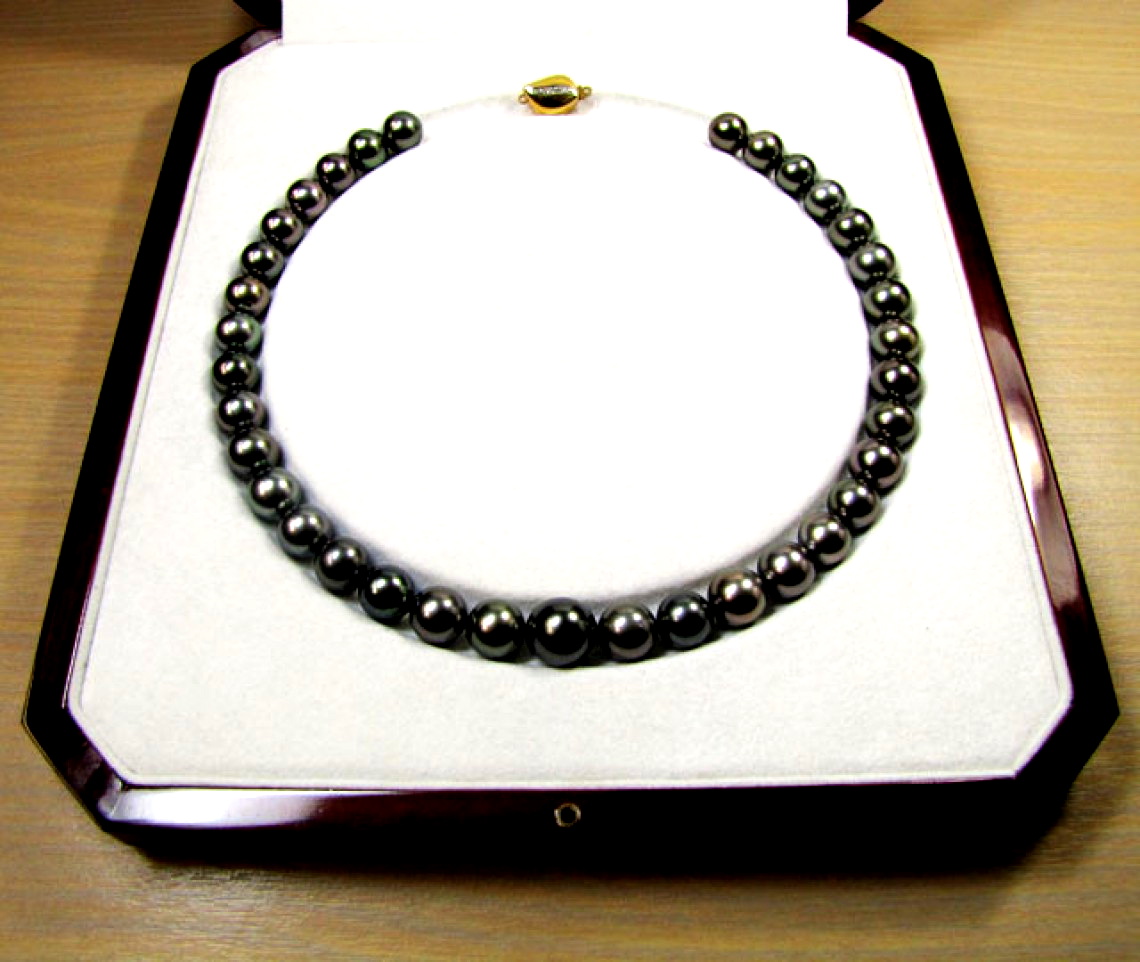 上の写真:タヒチ産真珠のネックレス
上の写真:タヒチ産真珠のネックレス
真珠:象徴性と意義
歴史を通じて、真珠は女性らしさ、知恵、変容と結び付けられてきました。
女性らしさ
真珠の優美な外観と水生生物由来は、月、女性らしさ、そして水との関連性を示唆してきました。月と潮の満ち引きは、移り変わる感情を捉えるという、伝統的に女性的な理想と結びついています。
真珠の月面は直感力を高め、霊的な世界と繋がると信じられています。さらに、真珠のヒーリングストーンは伝統的に、妊娠力、ホルモンバランスの乱れ、安産などに用いられてきました。
知恵
真珠と知識の結びつきは、賢明なアドバイスを意味する「知恵の真珠」や、価値を認めない人に貴重なものを提供しないという賢明な行為を意味する「豚に真珠を投げるな」というフレーズに例証されています。
聖書では、真珠は一般的に知恵の価値を象徴しています。ヒンドゥー教、道教、仏教の哲学では、「燃える真珠」が精神的な知恵の象徴として言及されています。古代の人々の中には、真珠には人生の教訓が込められており、死者を来世へと導くと信じていた人もいました。
6月の誕生石の「隠されたもの」と形成は、経験から得られた知恵も表しています。
変換
真珠は砂粒から始まり、美しい宝石へと成長するまで何年もかかります。6月の誕生石である真珠は、当然のことながら、変容を象徴しています。
モチベーションスピーカーのスーザン・C・ヤングの言葉を引用します。「牡蠣は、最初はイライラさせられる邪魔なものだったものを、自らの価値を高めるために利用しているのです。」
古代アジアでは、真珠は魂の完成への旅の象徴であると信じられていました。タロット占い師は、真珠を愚者の自己発見の旅と結びつけます。
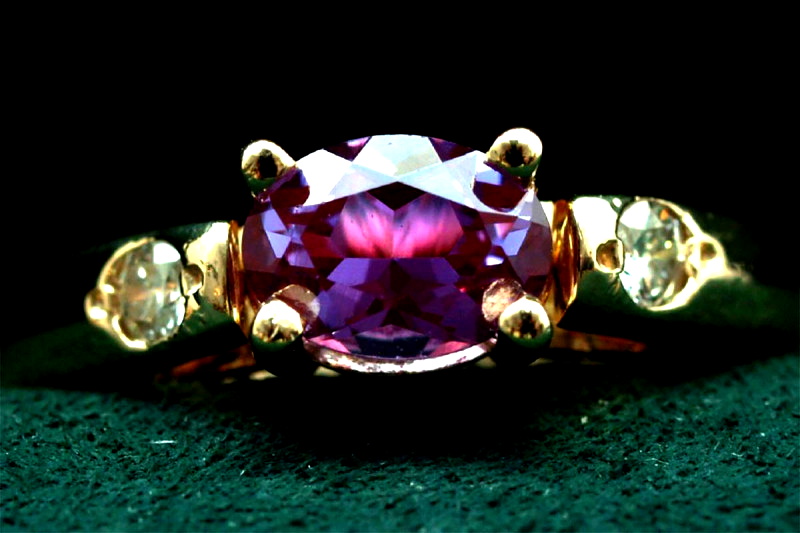 上の写真:ダイヤモンドをアクセントにしたアレキサンドライトリング|画像提供:Christina Rutz、 Flickr 、 CC-BY-SA-2.0
上の写真:ダイヤモンドをアクセントにしたアレキサンドライトリング|画像提供:Christina Rutz、 Flickr 、 CC-BY-SA-2.0
アレキサンドライトの神秘性と形而上学的特性
アレキサンドライトにはそれほど多くの伝承はありませんが、それでも意味のあるものになっています。
真珠と同様に、アレキサンドライトは変容を象徴します。6月の石は若返りをもたらし、人生の変化を受け入れる力を与えてくれると言われています。
色が変わる石は、感情のバランス、肉体的および精神的なバランス、あるいは単に地に足をつけていることなど、バランスも表します。
アレキサンドライトに関連する他のものには、幸運、成功、創造性などがあります。

ムーンストーンの意味とパワー
ムーンストーンには真珠と同様の形而上学的特性があり、女性らしさ、知恵、月と結びついています。
歴史的に、魔術師たちは月の満ち欠けに基づいて、ムーンストーンを呪文に戦略的に使用してきました。多くの神秘家は、瞑想中の集中力を高めるツールとしてムーンストーンを使用しています。クリスタルヒーラーは、不眠症の治療にムーンストーンを推奨しています。
ムーンストーンは愛と結婚を象徴する石でもあります。
インドの伝統の一つに、カップルが満月の時に6月の誕生石を口に入れて未来を占うというものがあります。古代ギリシャ人とインド人はどちらも、ムーンストーンが予知能力を高めると信じていました。
パートナーがいない人にとって、満月のときにムーンストーンで願い事をし、次の満月までそれを身につけておくと真実の愛を引き寄せることができるという伝説があります。
6月の誕生石で人生の瞬間を祝う
最も人気のある6月の誕生石は何でしょうか?
ほとんどのジュエリーでは真珠が王様です。しかし、6月の誕生石リングではアレキサンドライトがより一般的で、ムーンストーンが最も広く入手可能です。
占星術的に、6月生まれの双子座の誕生石は何でしょうか?バランスを求める双子座にとって、アレキサンドライトは最高の誕生石です。
6月生まれの蟹座にとって、ムーンストーンと真珠は蟹座の支配星(月)と完璧に結びつき、蟹座の生まれ持った直感力を高めます。
6 月の誕生石を贈ることは、愛する人を祝う意味のある行為です。
オプションは、6 月の誕生石のジュエリーから、誕生石をちりばめたバラの装飾 (6 月の花)、贈り先のお気に入りの 6 月のクリスタルの絵画まで多岐にわたります。
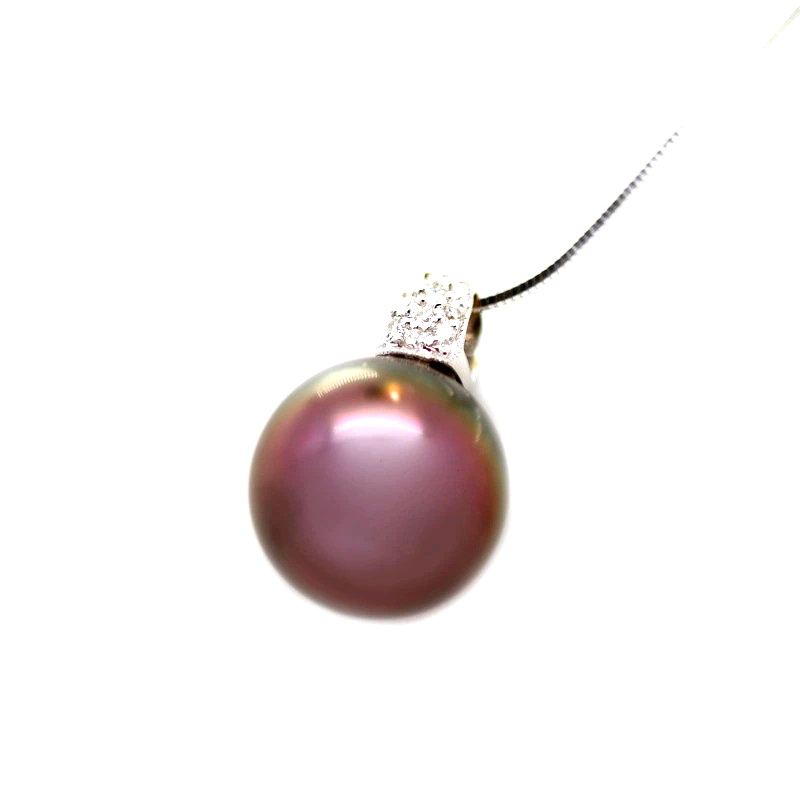 上の写真:養殖海水真珠のネックレス
上の写真:養殖海水真珠のネックレス
あなたのお気に入りは6月の宝石は何ですか?
6月は愛、興奮、そしてバランスを象徴し、アレキサンドライト、ムーンストーン、パールなどがその象徴です。これらの宝石はそれぞれ独自の魅力を持ち、多様な外観と価格帯で展開されているため、どんな予算にもぴったりの6月の誕生石が見つかります。
弊社の何百もの宝石の中から、伝統的な 6 月の誕生石や代替誕生石を見つけてください。
Gemstone Encyclopedia検索
関連オークション
最新記事
鮮やかな赤い模様と文化的意義で珍重される希少な宝石、チキンブラッドストーンの歴史、特性、価値、お手入れのヒントをご紹介します。
8th Dec 2025
ゲイラス石は、乾燥しやすいため白濁しやすい希少鉱物で、主に工業用途で使用されています。この完全ガイドで、ゲイラス石の歴史、特性、用途、そして特徴をご覧ください。
7th Dec 2025
チオライトは、氷晶石に似た、無色から白色の希少鉱物です。宝石としては非常に希少で、限られた産地からしか産出されません。チオライトの用途、歴史、価格、特徴についてはこちらをご覧ください。
5th Dec 2025
記事のカテゴリ
How To's is where you will find helpful articles from gem Rock Auctions on how to cut gemstones, select gemstones and buy gemstones.
9記事数



